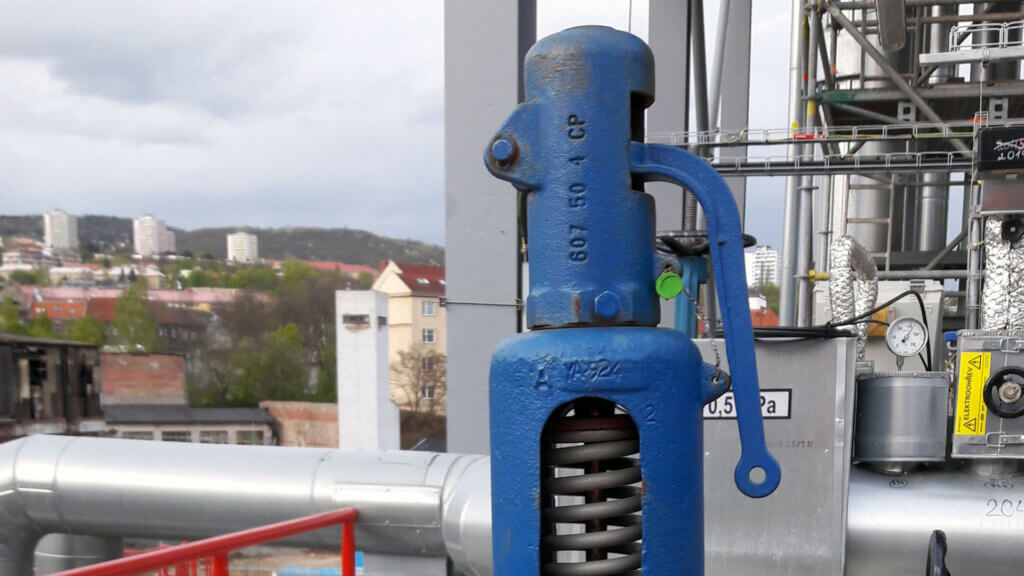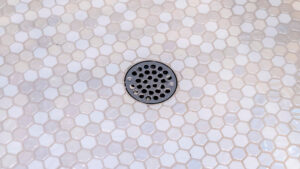Pressure Relief Valves (PRVs) play a crucial role in maintaining the safety and functionality of various industrial systems. These devices are vital in protecting equipment from excessive pressure, which could lead to catastrophic failures. In this comprehensive guide, we will delve into the essential aspects of PRVs, their common issues, and how to troubleshoot them effectively.

Understanding Pressure Relief Valves
A Pressure Relief Valve is designed to release pressure from a system when it exceeds a predetermined level. This mechanism ensures that the pressure remains within safe limits, preventing potential damage to equipment and ensuring the safety of personnel. PRVs are widely used in industries such as oil and gas, chemical processing, and manufacturing.
Components of a PRV
Understanding the components of a PRV is crucial for effective troubleshooting. The main parts include:
- Body: The main structure that houses other components.
- Spring: Determines the pressure set-point for valve operation.
- Disc: Controls the flow of the medium being relieved.
- Seat: The surface against which the disc seals to prevent leakage.
Common Issues with PRVs
Even though PRVs are designed to be reliable, they can encounter various issues. Some of the most common problems include:
Leakage
Leakage can occur if the disc or seat is damaged or if debris is preventing a proper seal. Regular maintenance and cleaning can mitigate this issue.
Set-Point Drift
Over time, the set-point of a PRV may drift due to wear and tear of the spring. Regular calibration is necessary to ensure accuracy.
Chattering
Chattering occurs when the valve continuously opens and closes, which can lead to excessive wear. This issue often arises from a mismatch between the valve capacity and system requirements.
Troubleshooting Steps
When troubleshooting a PRV, follow these steps:
Visual Inspection
Begin with a thorough visual inspection of the valve and its surrounding components. Look for signs of wear, corrosion, or physical damage.
Check for Obstructions
Ensure that there are no blockages in the inlet or outlet ports of the valve. Debris can prevent the valve from operating correctly.
Test the Set-Point
Verify that the set-point is accurate by applying pressure to the valve and observing its response. Adjust the spring tension as necessary.
Perform Maintenance
Regular maintenance is key to preventing PRV issues. This includes cleaning, lubrication, and the replacement of worn components.
Importance of Proper Installation
Proper installation is critical to the performance of a PRV. Ensure that the valve is installed in the correct orientation and that it is compatible with the system’s pressure and temperature requirements.
Regular Testing and Certification
To maintain the reliability of PRVs, regular testing and certification are essential. This involves conducting pressure tests to ensure the valve opens at the correct set-point and reseals properly.
Choosing the Right PRV for Your System
Selecting the appropriate PRV is crucial for system efficiency and safety. Consider factors such as the type of medium, operating pressure, and temperature requirements when choosing a PRV.
Materials of Construction
The materials used in the construction of a PRV should be compatible with the medium being relieved to prevent corrosion and ensure longevity.
Size and Capacity
Ensure that the PRV is appropriately sized for the system. An undersized valve may not relieve pressure effectively, while an oversized valve may lead to chattering.
Benefits of Regular Maintenance
Regular maintenance of PRVs offers several benefits, including:
- Increased safety for personnel and equipment
- Extended lifespan of the valve and system components
- Improved system efficiency and reliability
Conclusion
Understanding and maintaining Pressure Relief Valves is essential for the safety and efficiency of industrial systems. By following this PRV Troubleshooting Guide, you can ensure that your PRVs operate effectively and prevent potential issues before they escalate. For more information on Pressure Reducing Valves, you can visit this external resource. Additionally, for insights on related topics, explore our articles on leak signs in ceilings or pressure relief valves for air compressors.

FAQs
What is the primary function of a Pressure Relief Valve?
The primary function of a Pressure Relief Valve is to release excess pressure from a system, ensuring that the pressure remains within safe limits and preventing potential damage to equipment.
How often should a PRV be tested?
It is recommended to test a PRV annually or as per the manufacturer’s guidelines to ensure it functions correctly and maintains the desired set-point.
Can a PRV be repaired if it starts leaking?
Yes, a leaking PRV can often be repaired by cleaning or replacing the damaged components such as the disc or seat. Regular maintenance can also prevent such issues.
This article contains affiliate links. We may earn a commission at no extra cost to you.




